Money plants are said to symbolise prosperity, which is why they are considered great gifts for friends and family on any occasion, thought they are mostly popular as housewarming gifts. Money plants are fantastic, low maintenance houseplants that can add a gorgeous splash of colour. It is one of the easiest plants to grow and can tolerate some neglect and care. Today we are going to discuss the 15 best tips to grow a healthy money plant.
What is a Money Plant?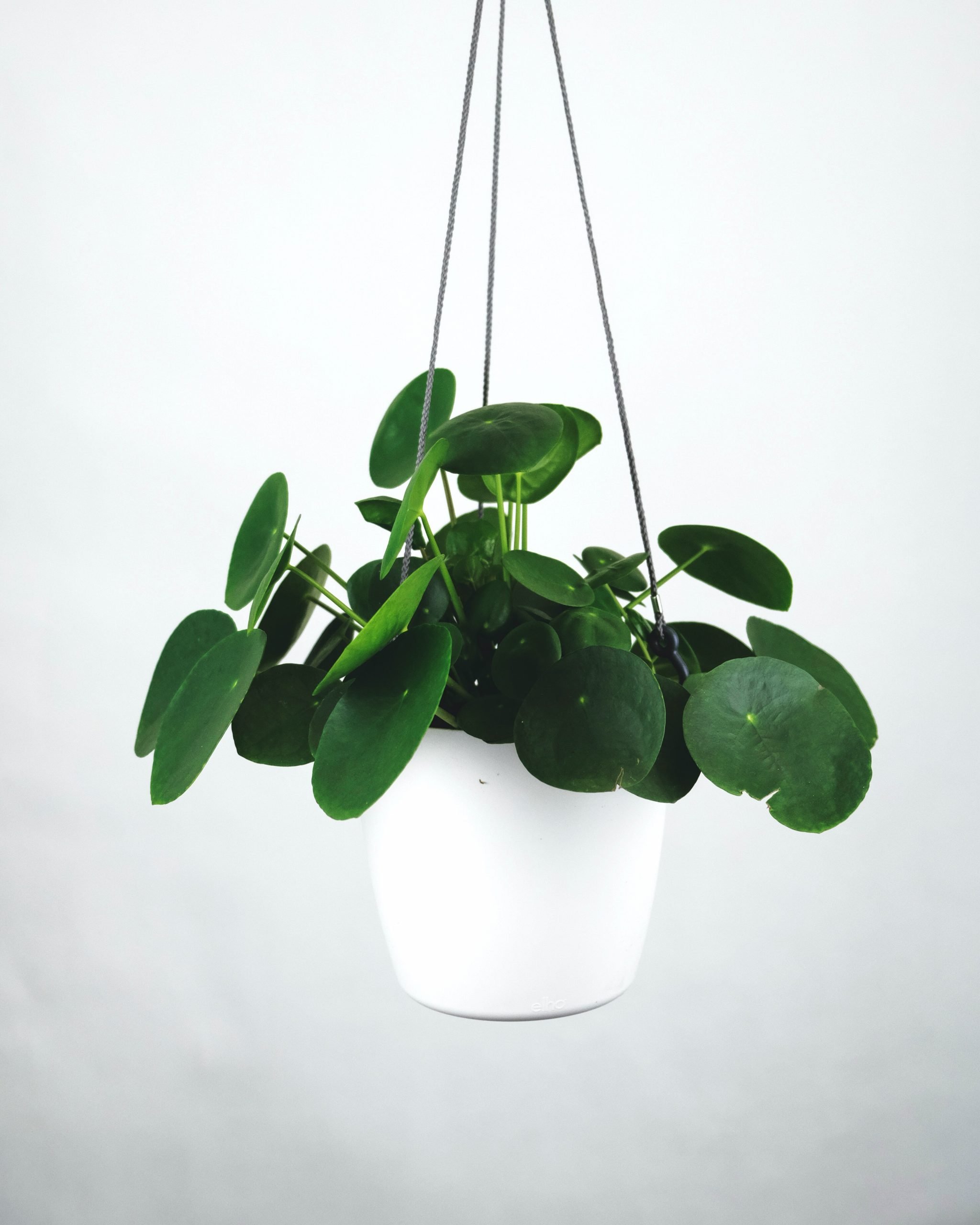
Also known as Pilea Peperomioides, the money plant is a popular houseplant, especially for those practicing feng shui. According to feng shui principles, the money plant is meant to bring prosperity and good fortune to a home. There are actually several species that come under the name of “money plant” and they vary in leaf shapes, trunks, and sizes. Some money plants have thicker, waxy green leaves, but the most popular are those varieties, like Pilea Peperomioides, that have round leaves that looks like coins.
Some Money Plant Facts:
Despite its association with Chinese cultural practices, the money plant is actually a native to Mo’orea in French Polynesia. Its common names include:
- Golden Pothos
- Ceylon Creeper
- Ivy Arum
- Silver Vine
- Taro Vine
- Solomon Islands Ivy
It is a common houseplant in tropical, sub-tropical, and temperate regions including South Asia, South-East Asia, and Australia. And, as mentioned above, in feng shui, it is seen as effective in attracting wealth and good fortune. Further, the five leaves on each plant are seen as representing the five elements of nature – fire, water, air, wood, and metals.
What are the Benefits of Owning a Money Plant?
A money plant is a great addition to your home, home office, office, or reception area as a stunning pop of colour, ideal for small spaces. It can also help improve the air in your home or office by filtering out some VOCs (volatile organic compounds) found in indoor environments. It is also a hardy, easy-to-grow houseplant, ideal for beginners and a perfect gift for any occasion.
The 7 Types of Money Plants
As mentioned above, there are actually several different varieties of money plant, aside from the Pilea Peperomioides. These varieties include:

1: Chinese Money Plant (Pilea Peperomioides)
Also known as UFO plants, missionary plants, and pancake plants, these indoor plants are actually from the nettle family. They are known for having waxy, fleshy leaves, and green or red stems. Chinese Money Plants come in a wide variety of colours, sizes, and textures. While the most well-known leaf shape is the iconic round or “coin” shape, some plants also have heart shaped or thin foliage. This slow growing plant only reaches heights of about 12 inches, which makes them popular for those looking for a unique indoor plant – especially for small spaces.
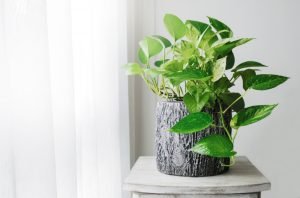
2: Golden Pothos (Epipremnum Aurem)
Sometimes called Devil’s Ivy, this variety has heart shaped leaves, variegate in deep greens and yellows. Golden Pothos plants love bright, indirect sunlight and dry topsoil. The stunning, trailing vines can grow anywhere between 30-50 feet long and can be trained up trellises and even staircases and furniture. It is also known to function as an air-purifying houseplant, helping improve indoor air quality over time.
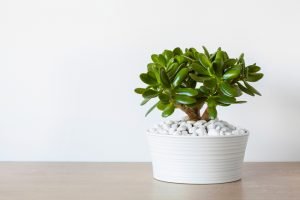
3: Jade Plant (Crassula Ovata)
A succulent variety of money plant, the Jade Plant has thick, oval leaves and stout stems. These plants grow slowly, only around 2 inches a year, but can reach heights of up to 6 feet with branches that can grow as long as 3 feet. Jade plants are happy to grow indoors and healthy plants can live p to 100 years. They are toxic to dogs and cats, though, so best to keep them out of reach, or choose a different variety.
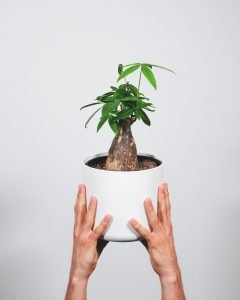
4: Money Tree (Pachira Aquatica)
Also known as the Malabar Chestnut or Guiana Chestnut, this is a tree that originates from Central and South America. In its native habitat it grows in moist, swampy areas so it does need some more specialised care than other varieties. The Money Tree Plant features dark green leaves and typically has a braided trunk. It is popular in Taiwan and Hawaii as a bonsai tree.
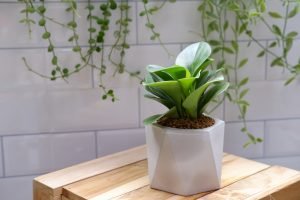
5: Rubber Plant (Ficus Elastica)
The Rubber Plant is another incredibly popular ornamental houseplant. It grows between 6 and 10 feet tall, featuring large, shiny leaves. Most Rubber Plant varieties have dark green leaves, but the Black Prince and Burgundy varieties have black-red leaves. The sap is actually used in the manufacture of natural rubber! They also tolerate bright to medium light but the leaves can scorch if the plant receives too much direct sunlight.
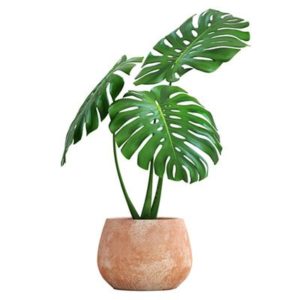
6: Swiss Cheese Plant (Monstera Deliciosa)
The Swiss Cheese Plant originates in Mexico, Central and South America and gets its name from the holes that develop in the dark green leaves as they age. It comes from a family of tropical plants known as aroids, which bear small flowers known as spathes. Swiss Cheese Plants love humidity and can grow up to 15 feet tall when grown inside. They are ideal if your want a dramatic yet low-maintenance plant.

7: The ZZ Plant (Zamioculcas Zamiifolia)
ZZ Plants come with shiny green leaves and long, arched stems. They are low-maintenance houseplants, ideal for beginners. ZZ Plants on need watering every few weeks and fertilising once every few months. As long as the plant gets plenty of indirect sunlight, they can reach at least 3 feet tall. The leaves and stems of a ZZ plant are toxic, however, so it is important to keep this plant out of the reach of animals and children.
15 Best Tips to Grow a Healthy Money Plant
Now that you know about all the wonderful varieties of money plants and where they come from, below we have listed our 15 best tips to grow your own healthy money plant:
1: Does a Money Plant Need Humidity?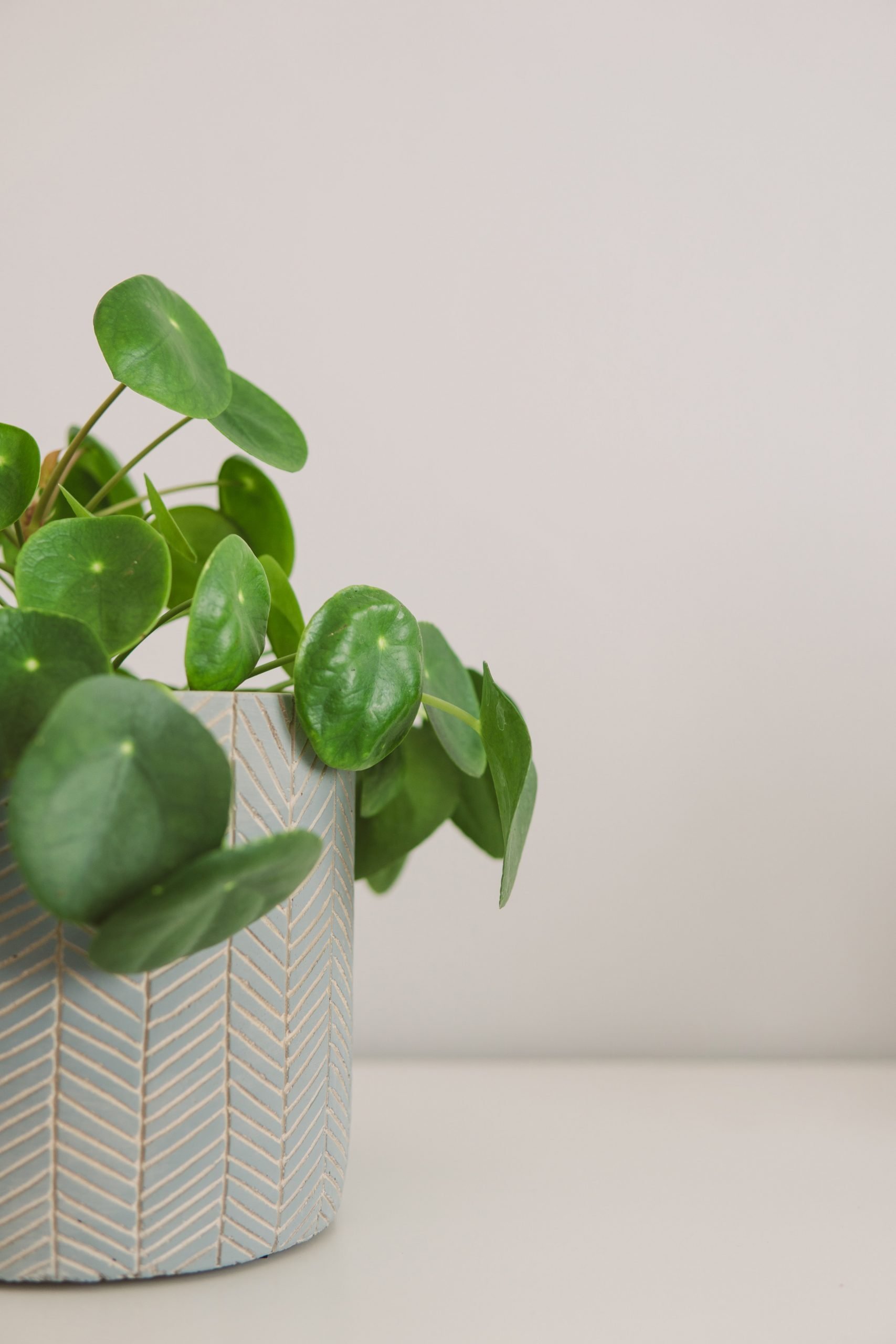
Most varieties of money plant require a great deal of humidity to maintain a moist environment. There are a couple ways you can go about ensuring your plant gets enough humidity. Misting your plant often is a great way to add humidity, while also keeping the leaves clean. You can also keep your money plant in a room with a humidifier – this also allows you to perfectly adjust the humidity to suit your plant. If you don’t have access to a humidifier, try placing your plant on a pebble tray to increase the humidity. Finally, ensuring the humidity stays consistent in winter in important to ensure your plant grows healthily all year round.
2: What Temperature Does a Money Plant Need?
Money plants prefer warmer climates, due to their natural habitats being warm and humid. These plants love a temperature somewhere between 15°C and 24°C. Money plants are, however, incredibly flexible and forgiving. As a result, they can handle temperatures that are 10 degrees higher or lower than the ideal range. But maintaining a temperature in the plant’s ideal range, especially in winter, will help ensure your plant thrives.
3: Do I Need to Use Fertiliser on a Money Plant?
For a healthy money plant, starting it in a potting mix that contains fertiliser is ideal. You should then add a liquid fertiliser once a month during the growing season, while holding off during the winter months. When using fertilisers, always read the instructions and only apply the instructed about. You should also only fertilise your money plants in the evenings as the fertiliser could burn the roots during daylight hours. Always fertilise your plant while watering.
4: How Often Should I Water a Money Plant?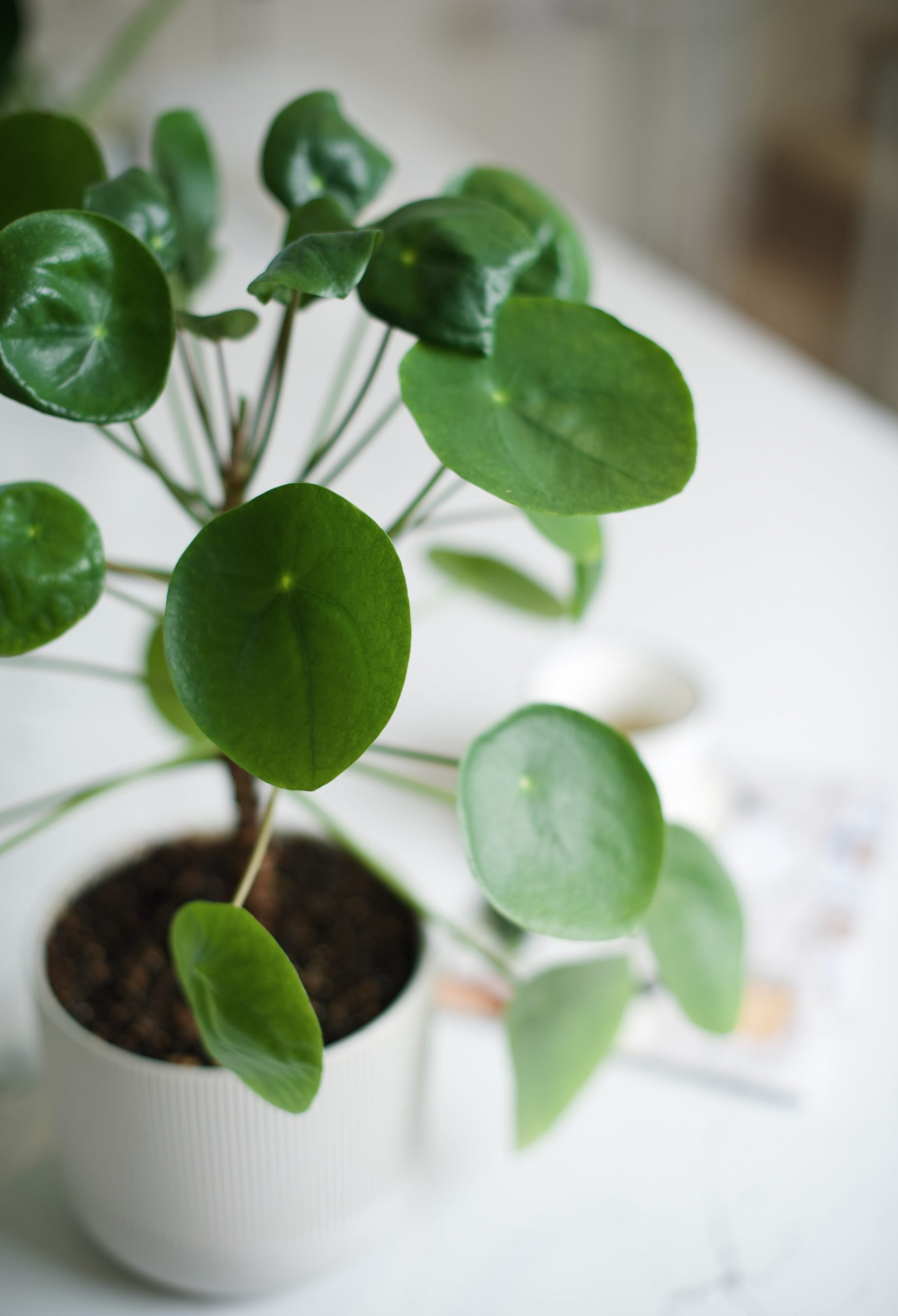
Money plants are incredibly hardy and can thrive whether your water it enough or underwater it. Underwatering is definitely preferred over overwatering, as giving your plant too much water can be detrimental to its growth. Money plants prefer being watered every 7 to 10 days during summer as the soil needs to dry out between watering. However, ensure you water you plant before the soil starts to crack up. You can tell when your plant needs watering by touching the topsoil. If it is completely dried out, it’s time to water. During the winter, you can get away with misting the leaves only, while watering can be done every 2-3 weeks. Whenever watering your money plant, ensure you don’t flood your plant. And, of course, if your plant is getting more light, it may need to be watered more frequently.
5: What is the Best Light for a Money Plant?
Money plants generally love direct sunlight when growing them in a garden, but will also thrive in indoor environments and other low light conditions. Partial sunlight in shady positions is preferred for healthy money plants. Money plants can survive in a large amount of sunlight, but they can end up with scorched leaves this way. So select a shady yet bright position both indoors and outdoors for a happy, healthy money plant. You can also help your plant by rotating it regularly for even light distribution. Money trees can also live with fluorescent lighting, so they are great for office environments and other indoor spaces.
6: What Soil Do I Need for Money Plants?
Money plants prefer well-drained soil. Ideally, a mix of river sand with normal potting soil is what a healthy money plant needs. River sand allows for aeration and drainage, allowing the plant to grow well. You can also use a potting soil with a high pearlite content, often referred to as cacti or succulent potting mix. Gravel can also be mixed in with the sand to make the soil extra porous.
7: Do Money Plants Need Pruning?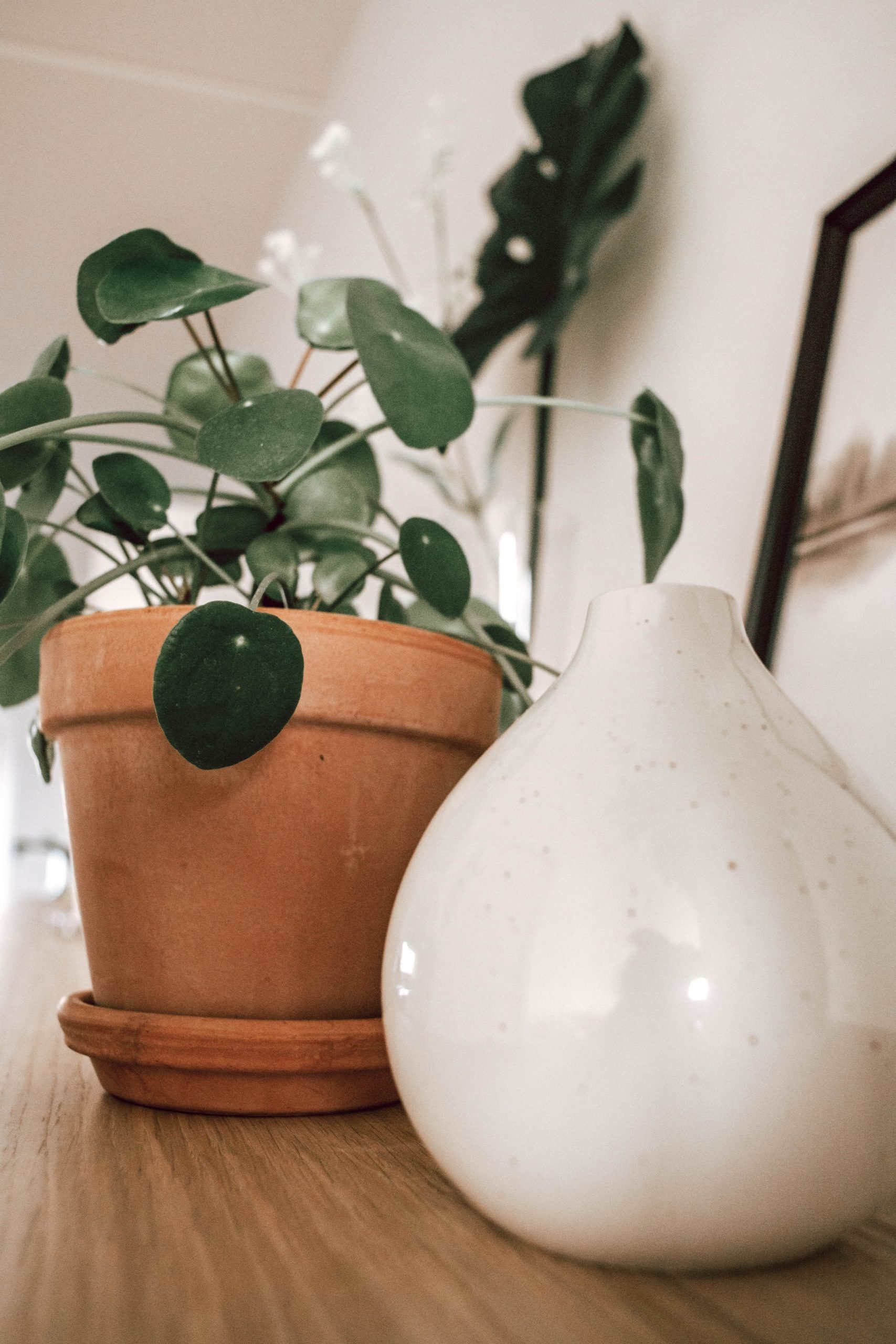
Pruning is recommended to promote growth. We recommend pruning unwanted branches early in the growing season. Make each cut right above the leaf node, allowing the money plant to devote energy to new growth. Remember, you plant will need consistent, indirect light to generate the energy to grow new branches and leaves. Pruning can also be done to remove dead leaves and branches. Clipping the ends of your money plant helps initiate side growth, which makes the plant bushier and heavier. The best way to prune is to use clean, sharp scissors or pruning shears – though make sure you wipe them off between cuts. You can also prune to encourage specific shapes for your money plants. money plants are traditionally kept round on top but you can also let your plant grow in its own way and simply prune dead or dying branches and leaves. Finally, you can prune your money plant to keep it small or leave it to grow taller. It is all a matter of taste!
8: How Do I Repot a Money Plant?
It is important to repot your money plant. Some varieties are fast growers that will quickly outgrow their container. When repotting, it is important to choose a pot with a diameter as wide as your plant’s foliage. Choosing bigger, heavier pots are ideal to accommodate the growth of your plant as small pots can restrict future growth. It is also important to keep the soil mixture consistent when repotting to keep your plant healthy.
9: What Pests Attack Money Plants?
You should monitor your money plant for pests. Wet soil can attract fungus gnats while soil that is too dry can harbour spider mites. Aphids and mealybugs are other common pests for money plants. You can treat your plant with neem oil, which is a natural bug repellent. And treating your plants sparingly with a permethrin solution can help curb infections of fungus gnats in all potted plants, including money plants. Aphids can be removed with water or, in gardens, introducing ladybugs which can be purchased in bulk, online. All these pests can cause major damage to your money plant, and other indoor plants if the infections spread, so you need to deal with them as soon as you see and loos, drooping, or dying leaves.
10: Are Money Plants Poisonous to Pets?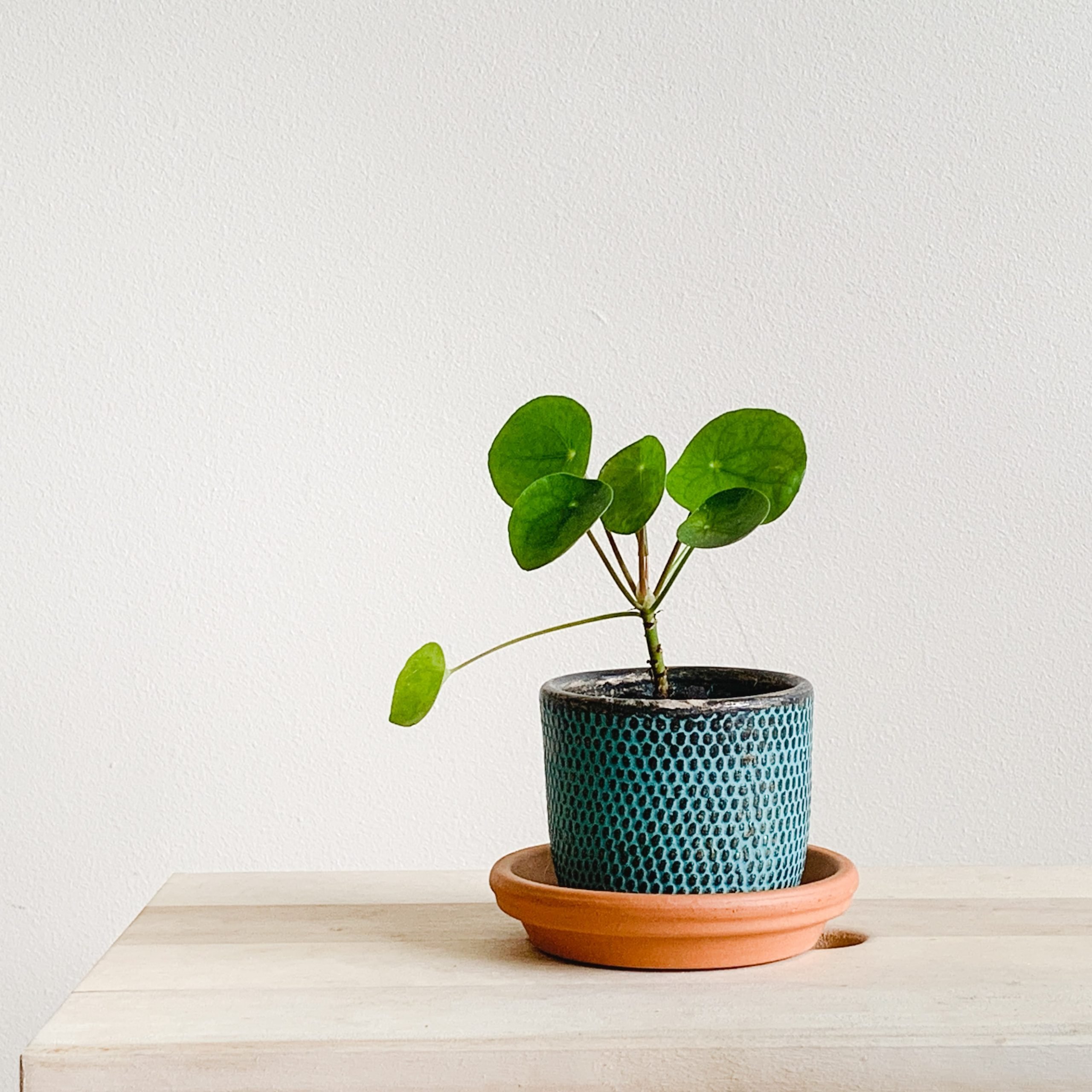
Unfortunately, most species of money plant are toxic. While they are only mildly poisonous, they can be dangerous to children and pets if any part of the plant is ingested. In humans, money plant poisoning can cause swelling of the mouth, throat, and tongue, as well as vomiting and diarrhea. In dogs and cats, similar symptoms occur however poisoning can also cause kidney failure and even death if the plant is ingested in large amounts. As such, it is important to keep the plant out of the reach of animals and children, or avoid owning a money plant if you have overly curious pets and children.
11: Moving Your Money Plant
It is important not to move your money plant too often. While turning it so each side gets plenty of sunshine is important for healthy growth each side, moving it around the house can cause issues. Money plants prefer to stay in the same spot. So if relocation is needed, you might see the leaves drop. The plant will eventually adjust but moving it constantly can affect the healthy growth of your money plant. So choose a perfect location and let your plant be!
12: How to Braid Money Plant Trees
Money Tree varieties don’t need to be braided, most pachira aquatics you find for sale will already be braided. These plants actually consist of multiple plants that have had their trunks woven together during growth, while they’re still flexible. If you would like to try braiding your own plants, weave the trunks together very gently and loosely, before tying the tops loosely together with a string. As the trees grow, continue braiding.
13: Common Problems for Money Plants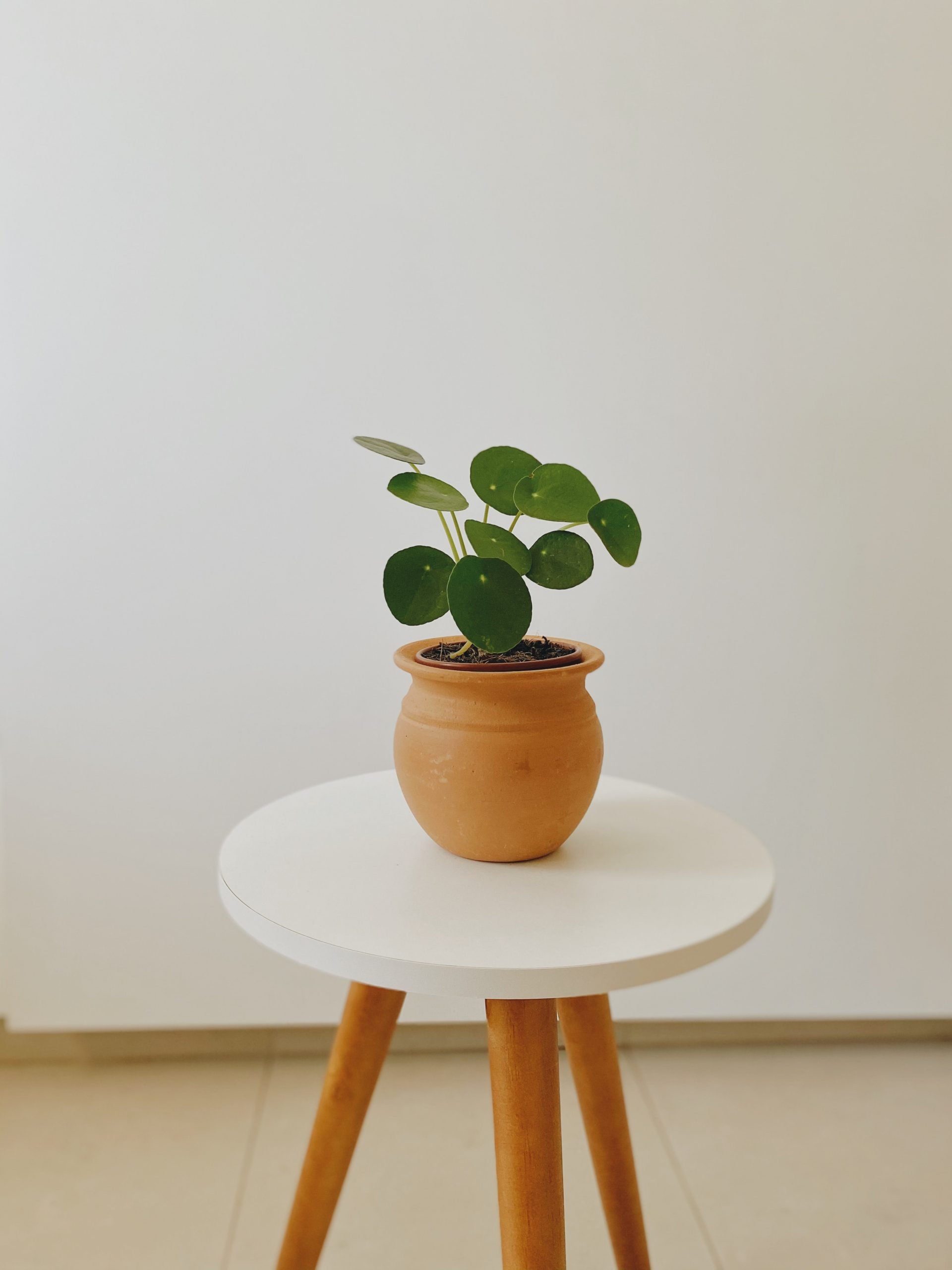
Since money plants require a lot of water all at once when watering, they can be prone to root rot. Root rot, if you’ve never come across it, occurs when you water your plant too much. This causes the roots to decay and die. When watering your money plant, ensure you don’t leave extra water sitting in the saucer under the drainage holes. The best way to avoid root rot is ensuring the pot your money plant is in isn’t too big – the bigger the pot, the more room there is to hold water. Also ensure the pot has excellent drainage, then place it on a saucer that you can easily remover and dump out when it is full of water.
14: How to Grow a Money Plant from a Cutting
Money plants grow easily from propagating stem cuttings from a healthy mother plant. Below we’ve outlined the best way to grow a healthy money plant from a cutting.
1: Get Your Cutting
Find a healthy, green stem that is sticking out from the main trunk of a mature money plant. Use a pair of sterile gardening shears or very sharp scissors. Hold them flush against the trunk and snip away a stem that is at least 6 inches long.
2: Root the Cutting
Place your fresh cutting in a glass of water and leave it in a sunny spot until roots begin to form at the cut end. Change the water every week while you wait for the cutting to root. This can take up to 4 weeks. Pot your plant once the roots of your cutting are around 2 inches long and it has begun to sprout some tiny new leaves.
3: Prepare Your Soil
Money trees, as we’ve discussed, love plenty of moisture and humidity. But their roots can’t sit in water too long or they will develop root rot. Prepare a pot that has plenty of drainage holes and fill it well-draining potting soil with either sand or pearlite in the mix to aid with drainage. You can place a pebble tray beneath your pot to create a humid environment for your new money plant.
4: Plant Your Money Tree Cutting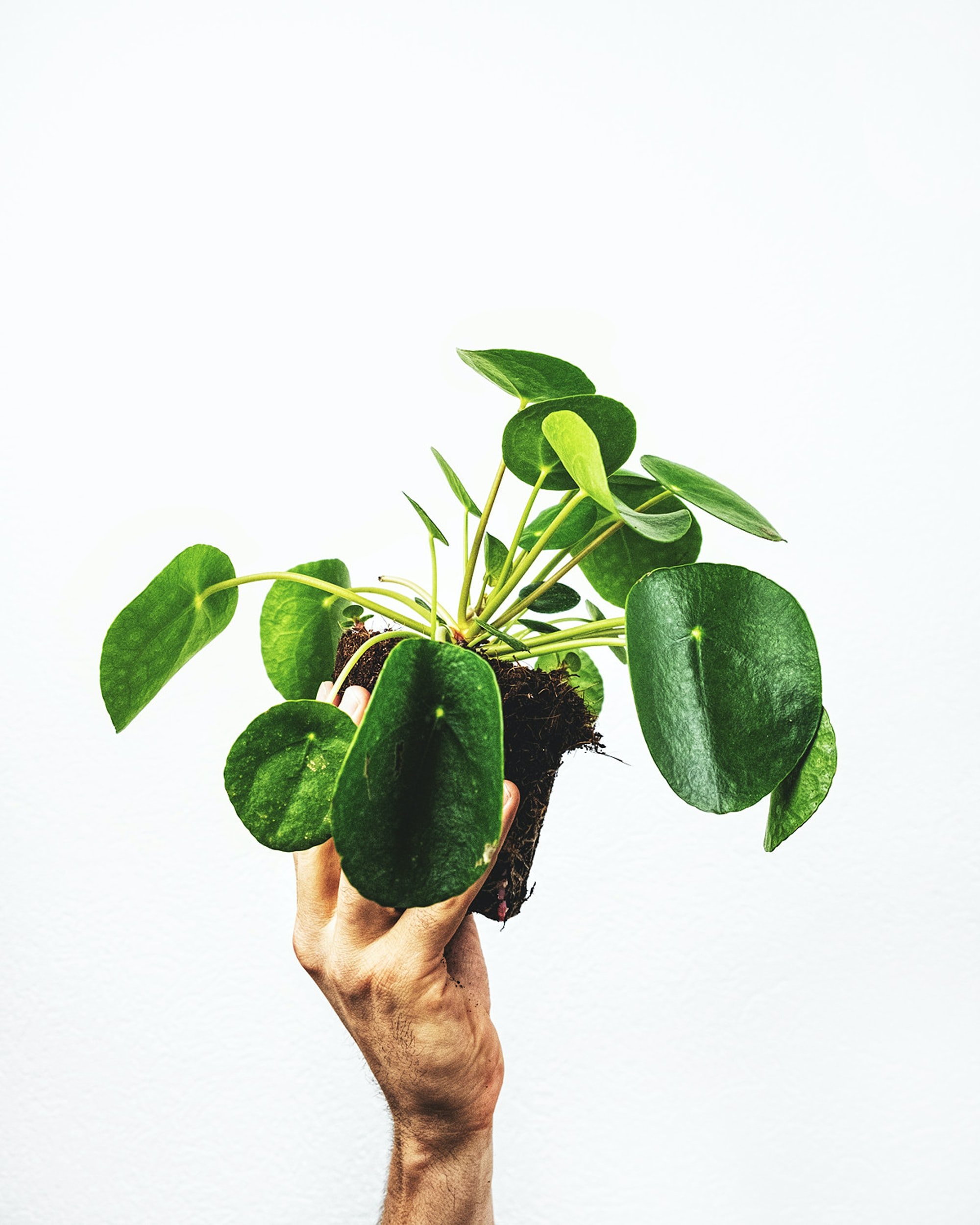
Dig a small hole in the potting mix and lay the growing roots of the cutting flat at the bottom of the hole. Backfill the hole with soil. Make sure any tiny new leaves are above the soil level. This will help your plant grow healthily.
5: Water the Cutting and Prune
Water the freshly potted cutting thoroughly and press the stem into the soil, so it sits firmly upright. Then snip away the old stem so that only the small, green leaves remain. This will allow the plant to put energy into growing new stems and leaves, rather than continuing to grow the old one. Once you’re finished, place the pot in a shady location, with plenty of indirect sunlight.
15: How to Grow a Money Plant in Water
Some plant owners prefer growing their money plants in a bottle of water. They then keep their plants near the window, allowing them to climb up. This does mean that you need to grow your money plant a little differently.
- Always keep at least one node below the water level to ensure proper growth
- You can fold the branch inside the water, so that more nodes can sit in the water and grow roots
- Your money plant container must be kept in indirect sunlight to promote growth
- Frequently add water to maintain the water level in your chosen container.
- You do not need to fertilise a money plant that is growing in water
Caring for a money plant is easy, making it the perfect houseplant for beginner plant owners and experienced plant owners. It makes a fantastic gift for any occasion, adding the perfect pop of green to your home or garden with its shiny green leaves. If you want to add a money plant to your collection, or gift one to a loved one, visit your local Aumann’s Garden Centre today. We have a stunning collection of various money plant varieties, ideal for any need. Or ask our team today for advice on the perfect money plant!


